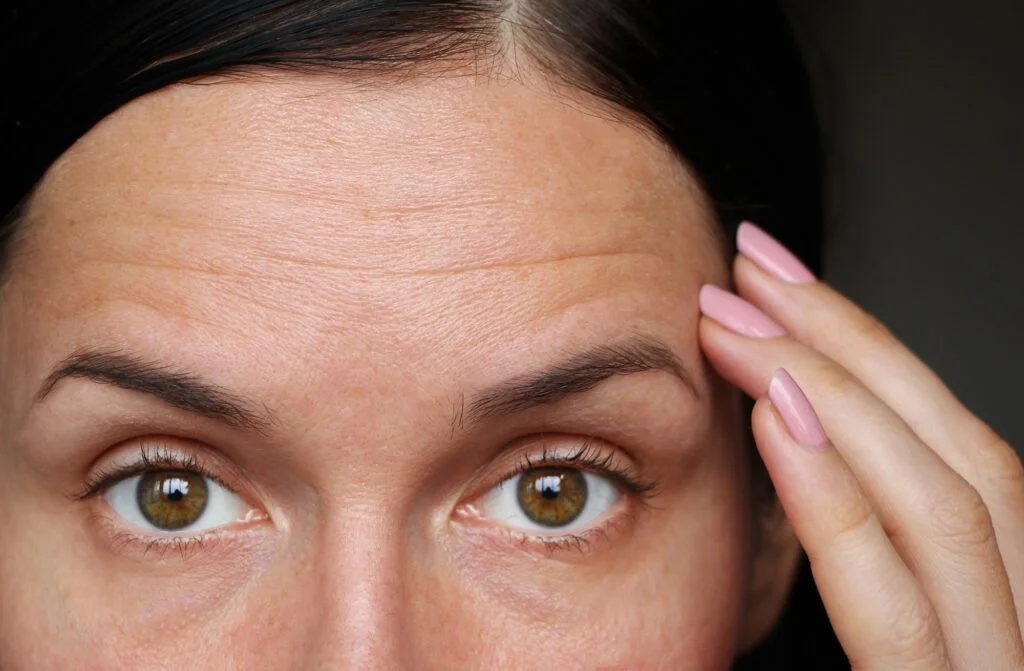Frequently Asked Questions (FAQs) about Facelift Surgery

Year after year, facelift surgery (rhytidectomy) remains one of the most highly requested plastic surgical procedures due in large part to its effectiveness and long-term benefits. If you are contemplating this popular facial rejuvenation option but wish to know a bit more before scheduling a consultation, our Fellowship-trained facial plastic surgeon, Dr. Scott Shadfar, has provided answers to some frequently asked questions below.
What signs of aging can a facelift treat?
When performed by a skilled and qualified physician, facelift surgery can significantly reduce the appearance of moderate to severe lines, wrinkles, creases, and folds on the face. Additionally, it can tighten loose, sagging skin and lax muscles of the face and neck, helping to reduce jowling while restoring a more youthful-looking aesthetic for the face, neck, and jawline.
How is the procedure performed?
Facelift surgery is conducted in an operating room under a general anesthetic or deep sedation. During the procedure, deep tissues of the face are accessed via tiny incisions concealed around the ears, and a single, small incision may be made underneath the chin if muscles of the neck need tightening. By employing a modified deep plane extended SMAS technique, sagging facial and muscular tissues can be resuspended, and the skin can be lifted and redraped in a natural position for a rejuvenated appearance that shows no signs of surgical intervention.
What is recovery like?
As an outpatient procedure, patients are able to return home the same day as their facelift surgery. A light compressive head wrap will need to be worn for 24 hours, and patients will need to return to the office the following day to have the dressing removed and the operating site examined. During this visit, special instructions will be provided in regard to cleaning the incisions made around the ear. The majority of individuals can expect some degree of bruising and/or swelling, but these side effects should subside over time. Non-strenuous work and other daily routines can often be resumed after about one to two weeks, though rigorous physical activity and/or heavy lifting should be avoided for a bit longer.
Will there be much pain?
The facelift procedure is performed under either deep sedation or a general anesthetic, and great care is taken to ensure patients remain completely comfortable throughout treatment. Following surgery, any discomfort experienced is typically minimal and can generally be managed effectively with medication, if needed.
How long before the final results appear?
Initial results from facelift surgery are generally noticeable immediately, and final outcomes of the procedure should become apparent as swelling gradually resolves over the course of about one to two weeks.
Contact Our Office
Should you have any additional questions about facelift surgery, or if you are interested in scheduling a consultation with Dr. Shadfar, please don’t hesitate to contact us today.


